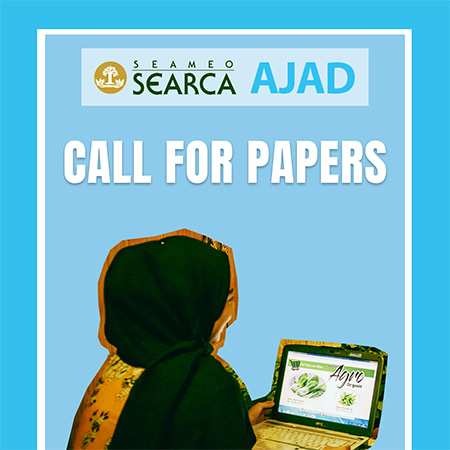- Publications
- Abstract of Theses and Dissertations
- Database
- Surface functionalized-oil palm empty fruit bunch-derived...
Surface functionalized-oil palm empty fruit bunch-derived cellulose-based membrane and evaluation of its performance in wastewater treatment
Dissertation Abstract:
Oil palm empty fruit bunch (OPEFB) is a potential cellulose feedstock due to its abundant availability. Studies utilizing cellulose and its modified form as the membrane main polymer matrix still lack since it is commonly used as filler instead of membrane polymer matrices. This study aimed to isolate OPEFB cellulose via modified alkali, bleaching, and refluxing pretreatment, functionalized with succinic anhydride to enhance its adsorption capacity. Both modified and unmodified cellulose were used for membrane fabrication via phase inversion with trifluoroacetic acid and dichloroethane as the solvent and their chemical and physical properties were compared. Membrane filtration was simulated using Lattice Boltzmann Method with Python language, while ion adsorption was simulated using Monte Carlo method. Based on the results, the cellulose content of OPEFB ranged from 39.9 - 40% on dry basis, while the maximum carboxyl content was 4.4 mmol/g attributed to the modified cellulose mercerized prior to carboxylation. Carboxylated cellulose exhibited higher adsorption capacity compared to unmodified one, with the maximum at 98.5 mg, 37.9, and 68.5 mg/g, 99.5 mg/g for ion Pb2+, Cu2+, and Cd2+, and MB respectively at pH near 6. The membrane exhibited hydrophilicity and its adsorption capacity for cations was 87.3% - 98.9%, 83.9% - 99.2%, 93.6% - 99.9%, and 94.3% - 99%, for Pb2+, Cu2+, and Cr3+, and MB respectively, while 98.27% - 99.36% for oil and water separation. Based on simulation results, the water flux simulation results agreed well with the experimental results. In adsorption simulation, the more of ion number, the more of ion adsorbed as it follows the probability function. Based on this study, OPEFB fiber has great potential as adsorbent and adsorptive membrane polymer in wastewater treatment area.
